Close The Gates
An old cowboy and a young buckaroo were workin’, ridin’ fence
The old hand was testin’ the kid on his skill and common sense
He said, “Son, if you seen three men in a pick-up truck
Dressed alike from boot to hat
Could you tell which one was the real cowboy just from where he sat?”The kid scratched his head awhile and then he said
“Well, there ain’t no way to know”
The old hand grinned and then he said
“Kid, you’ve still got a ways to goThe real cowboy’s the one in the middle
He ain’t there just by fate
Cause first he don’t have to drive
And then he don’t have to mess with the gate”“Cowboy Logic” – Michael Martin Murphey
On Saturday I got to go on a 23 mile mountain bike ride through the beautiful mountains around Park City, UT. The trail we were following was a former railroad bed. It had been converted to a bike trail under a program called “Rails to Trails.” The benefits from the Rails to Trails projects are great for bikers. The grade is gradual and there’s a solid foundation for the trail. Also, typically there is already a right-of-way set up and very few obstructions. Trains did best with long stretches of uninterrupted track.
The trail we followed might have been a former train route, but there were a few changes since the locomotives used those rails. The biggest difference was the gates. There were numerous gates as we made our way through miles of cow pasture.
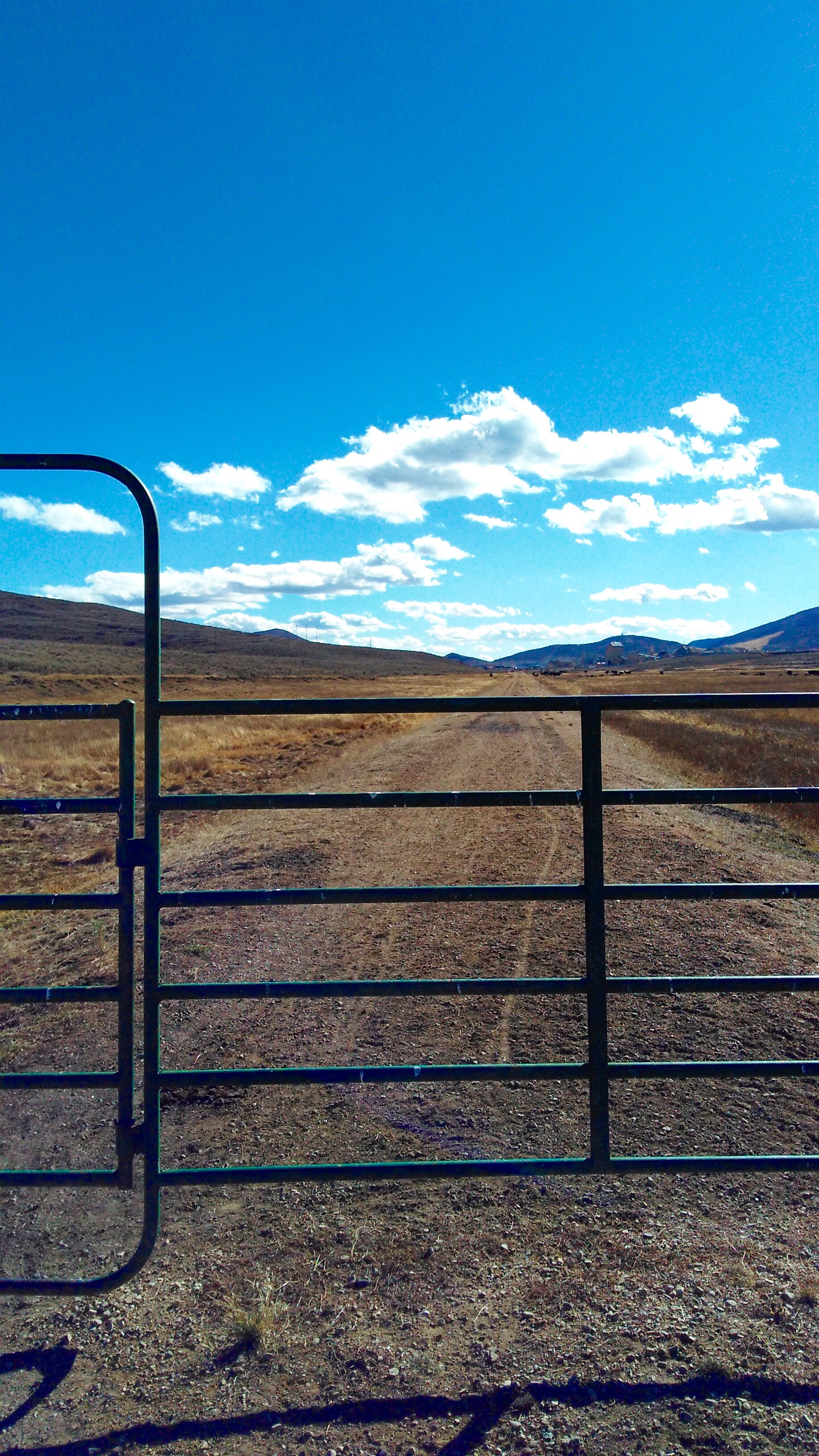
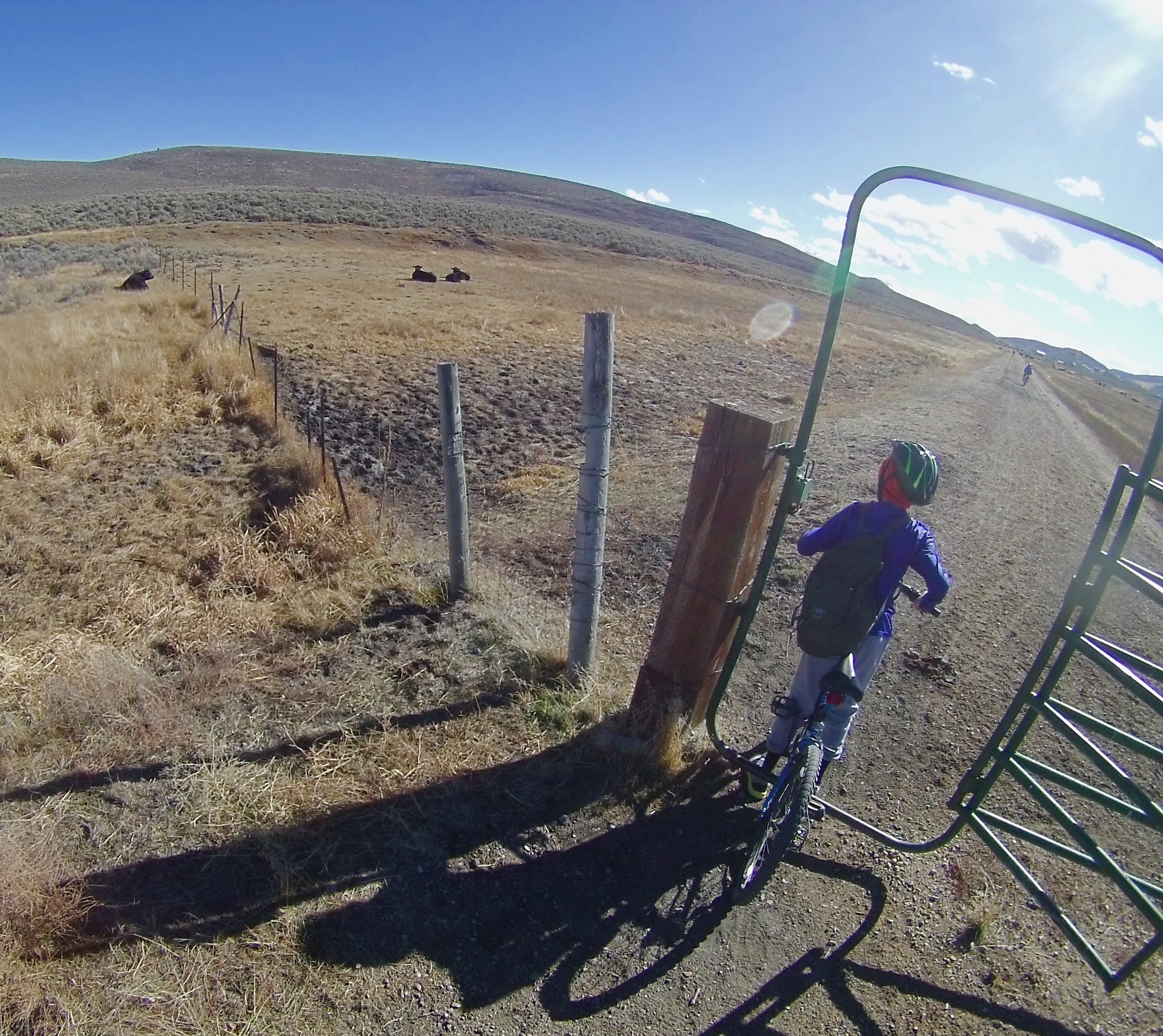
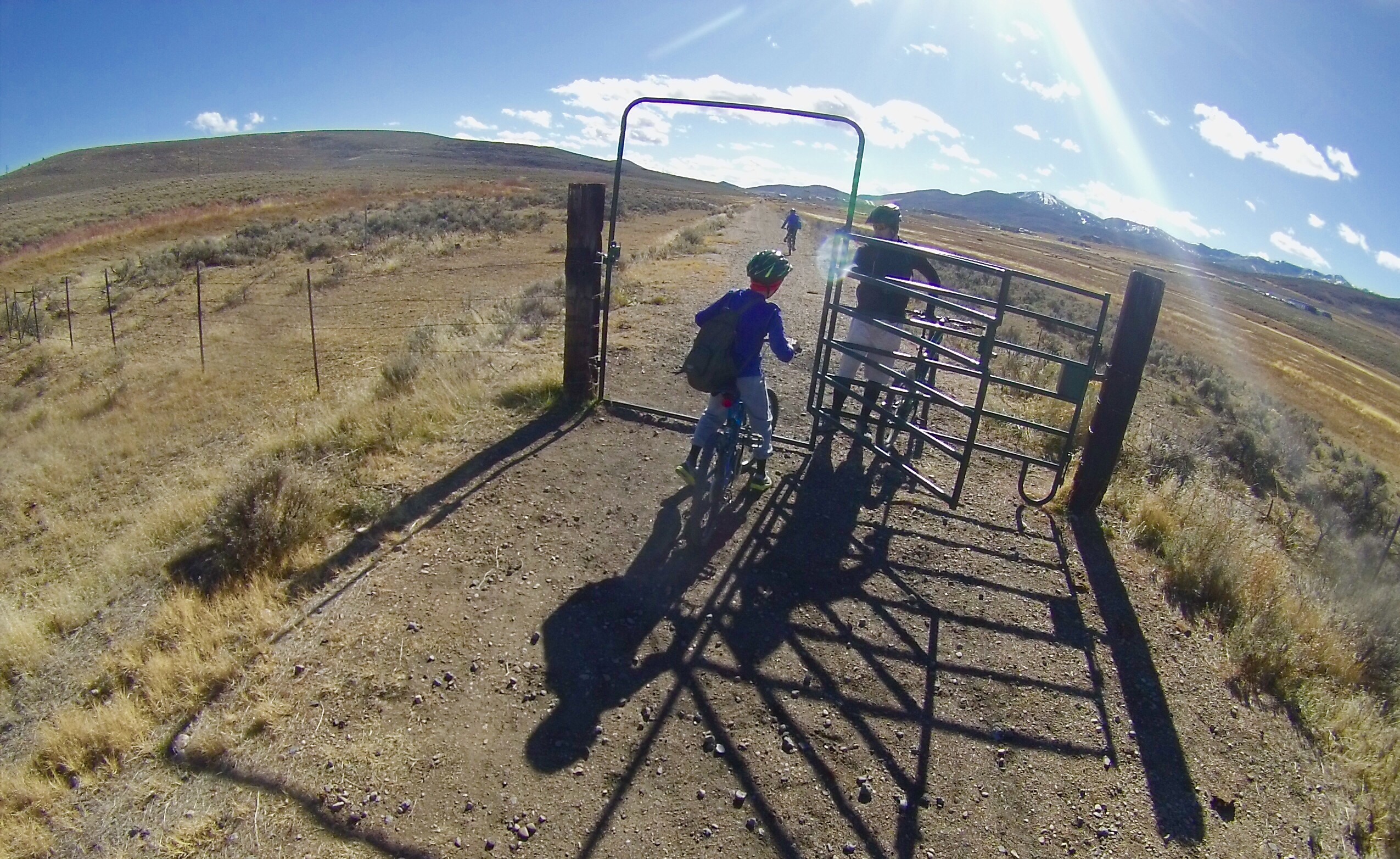
The gates were obviously built for mountain bikers. They were easy to open and once open there was plenty of room to ride a bike through. The gates were there for a very important reason. To keep the cows in.
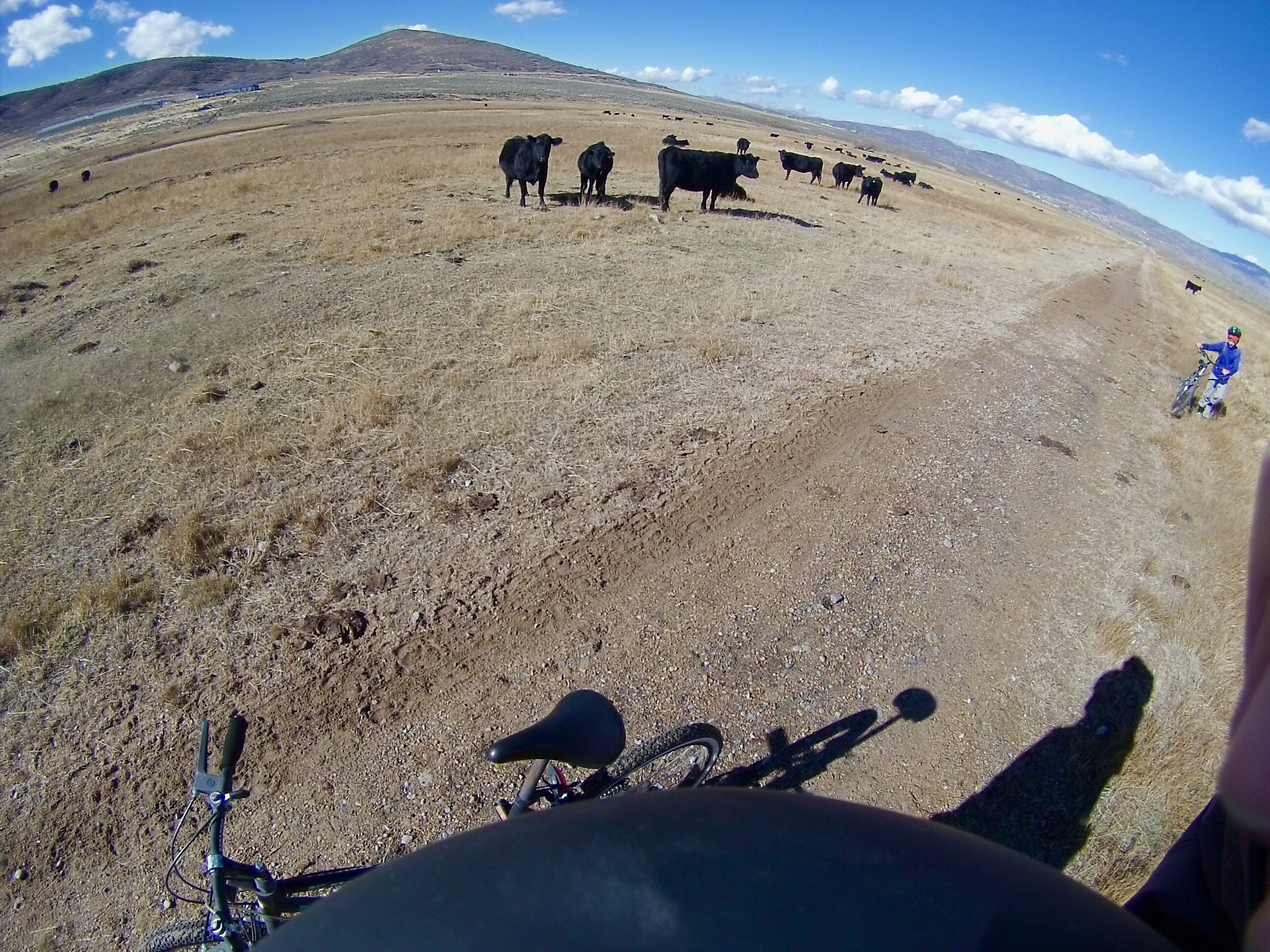
Cows are typically docile and have no interest in people. However, they also weigh 2000 lbs and could outrun a mountain bike and crush you like a bug. There’s no danger in riding through a cow pasture aside from the occasional land mine in the middle of the trail. But, if you’re not used to being around a large animal, they can be intimidating.
The gates are to keep the cows in. I’m not sure what they did when the trains ran through there. Pretty sure the conductor wasn’t getting out to open and close a gate.
As is usual on our trips, I was the sweeper. I was the last guy on the trail. My job was to make sure that no scouts got behind me. I’m a slow hiker and a slow biker. Each time we finish an outing, either on foot or on wheels, as I join the group at the end point, I say the same stupid joke.
Once again, I have cleverly tricked you all into finishing before me.
On Saturday as we transitioned into the cow pasture portion of the ride, I came upon an open gate. Next to the gate was a rancher’s pickup and horse trailer. I was momentarily confused. Did he leave it open? Was he going through it? Was there a reason it was open? Should I close it, or leave it be?
At this point, anyone who has grown up in a rural environment knows the answer. I closed it. You always close the gates. It doesn’t matter if you cannot see a cow within miles. In ranch country, gates are supposed to be closed. Always.
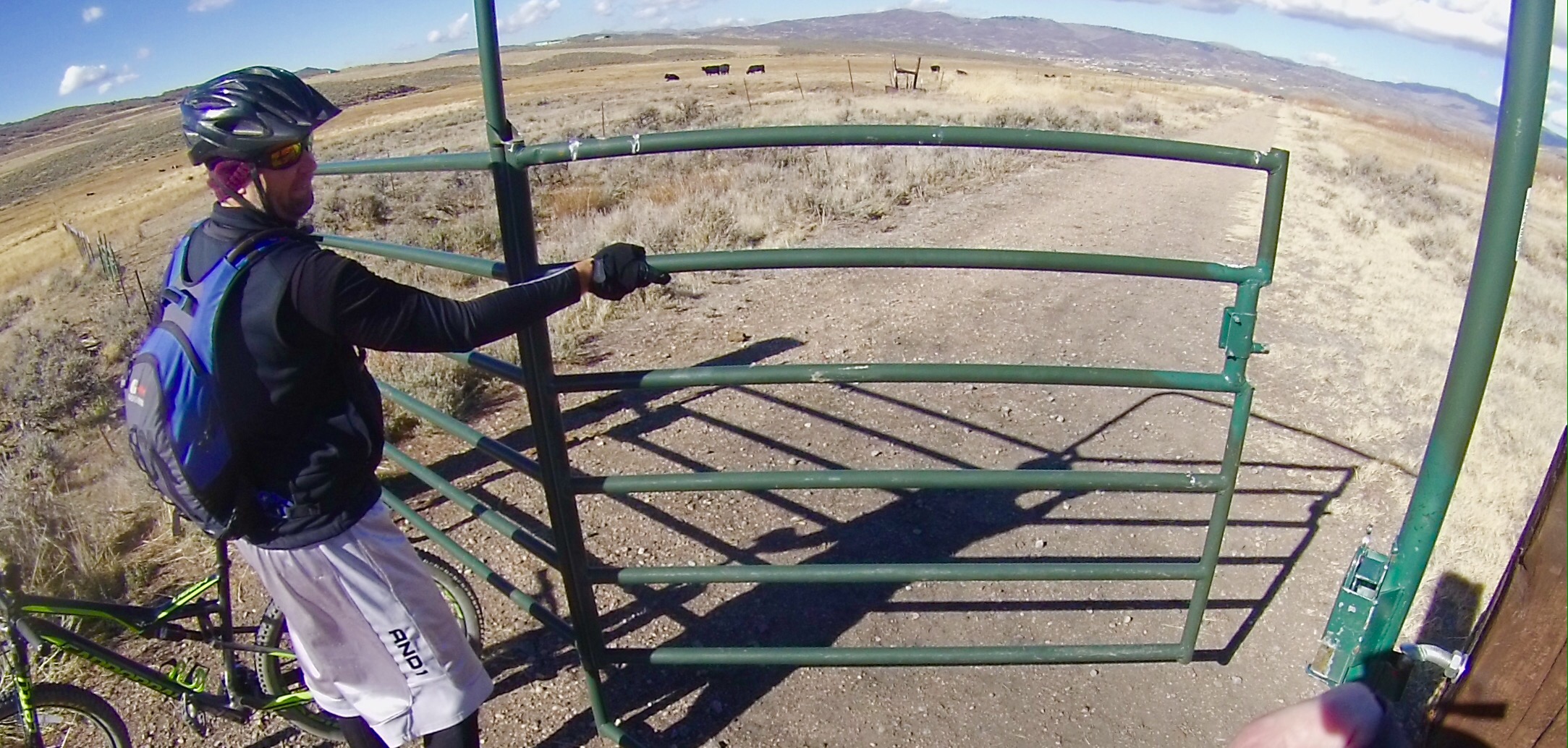
It made me think a little about “gates” in my job. We recently had our client come through one of our centers and do a security audit. We guard our member information very carefully and both the client and my own company do periodic audits to ensure we are doing everything we can to keep the information secure.
Surprisingly, we didn’t do a lot of preparation for the audit. Sure, we wanted to make a good impression, but we have a habit of always closing the gates. Our security processes are not a sometimes thing. They are an all the time thing. Our engineers, and our agents have been taught to close the gates when they go through. While we can always improve, we scored very well on the audit.
Remember to always close the gates. Of course, as Michael Martin Murphey points out in the lyric at the beginning of this post, if you sit in the middle you an make the other guy do the getting out.
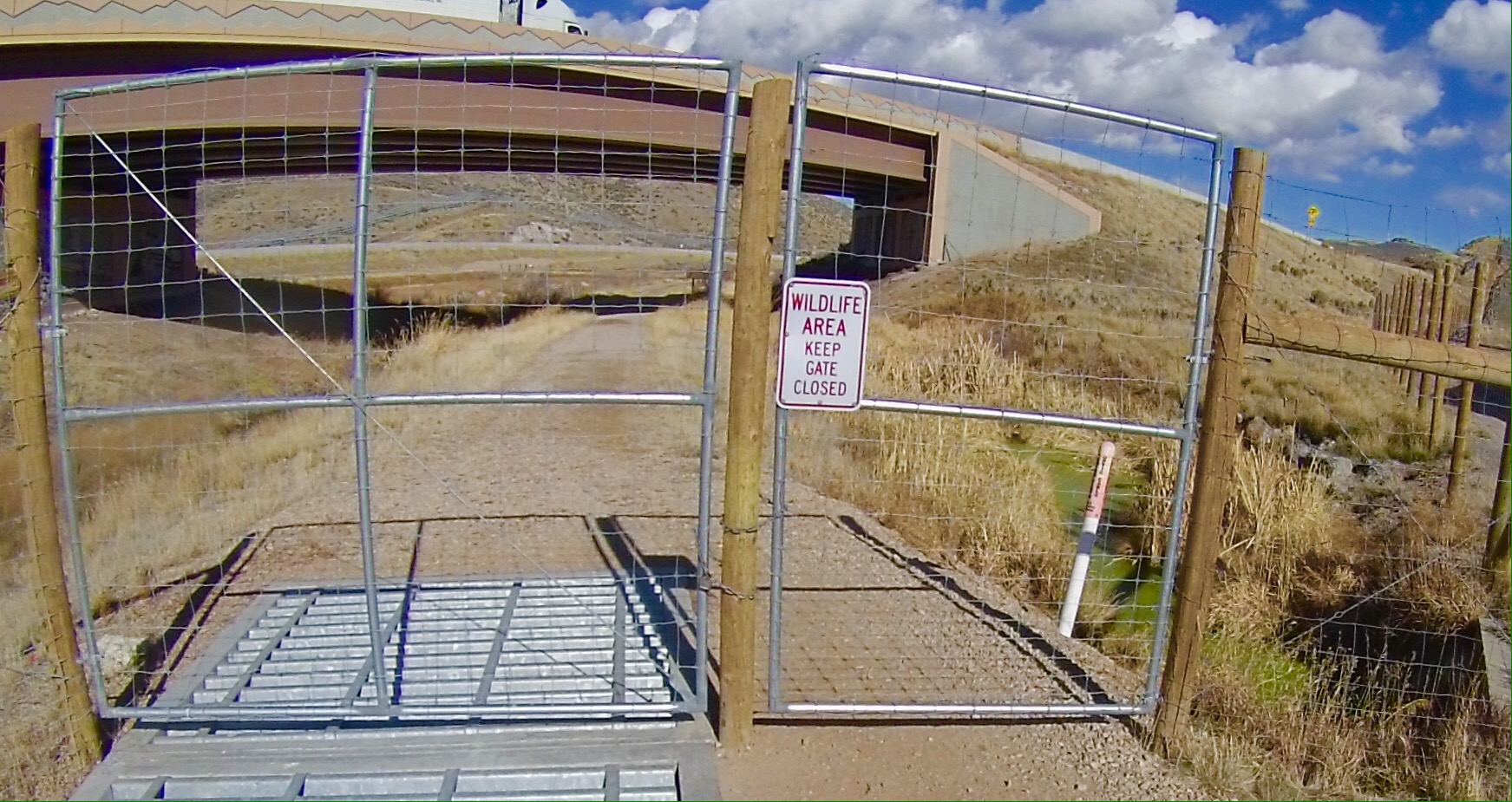
Rodney M Bliss is an author, columnist and IT Consultant. His blog updates every weekday. He lives in Pleasant Grove, UT with his lovely wife, thirteen children and grandchildren.
Follow him on
Twitter (@rodneymbliss)
Facebook (www.facebook.com/rbliss)
LinkedIn (www.LinkedIn.com/in/rbliss)
or email him at rbliss at msn dot com(c) 2017 Rodney M Bliss, all rights reserved
